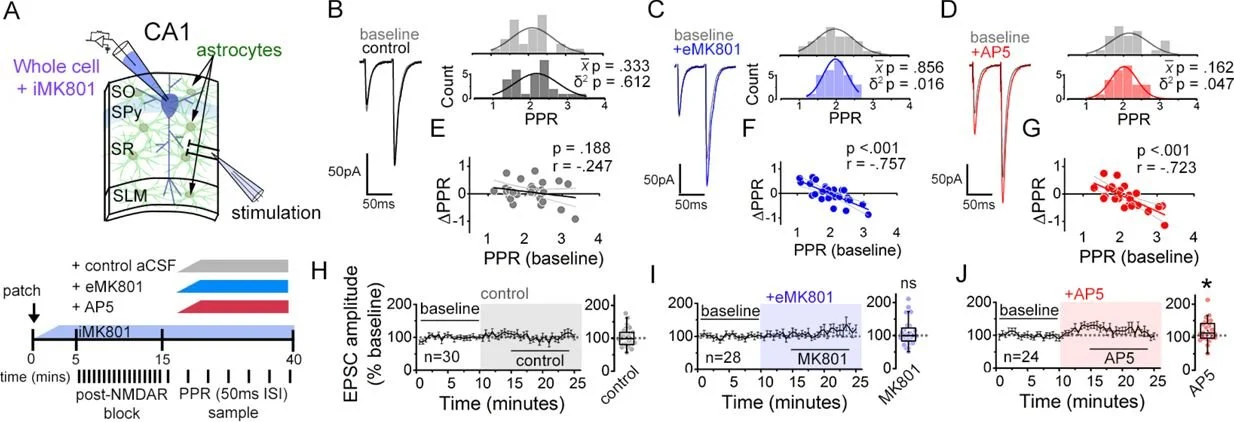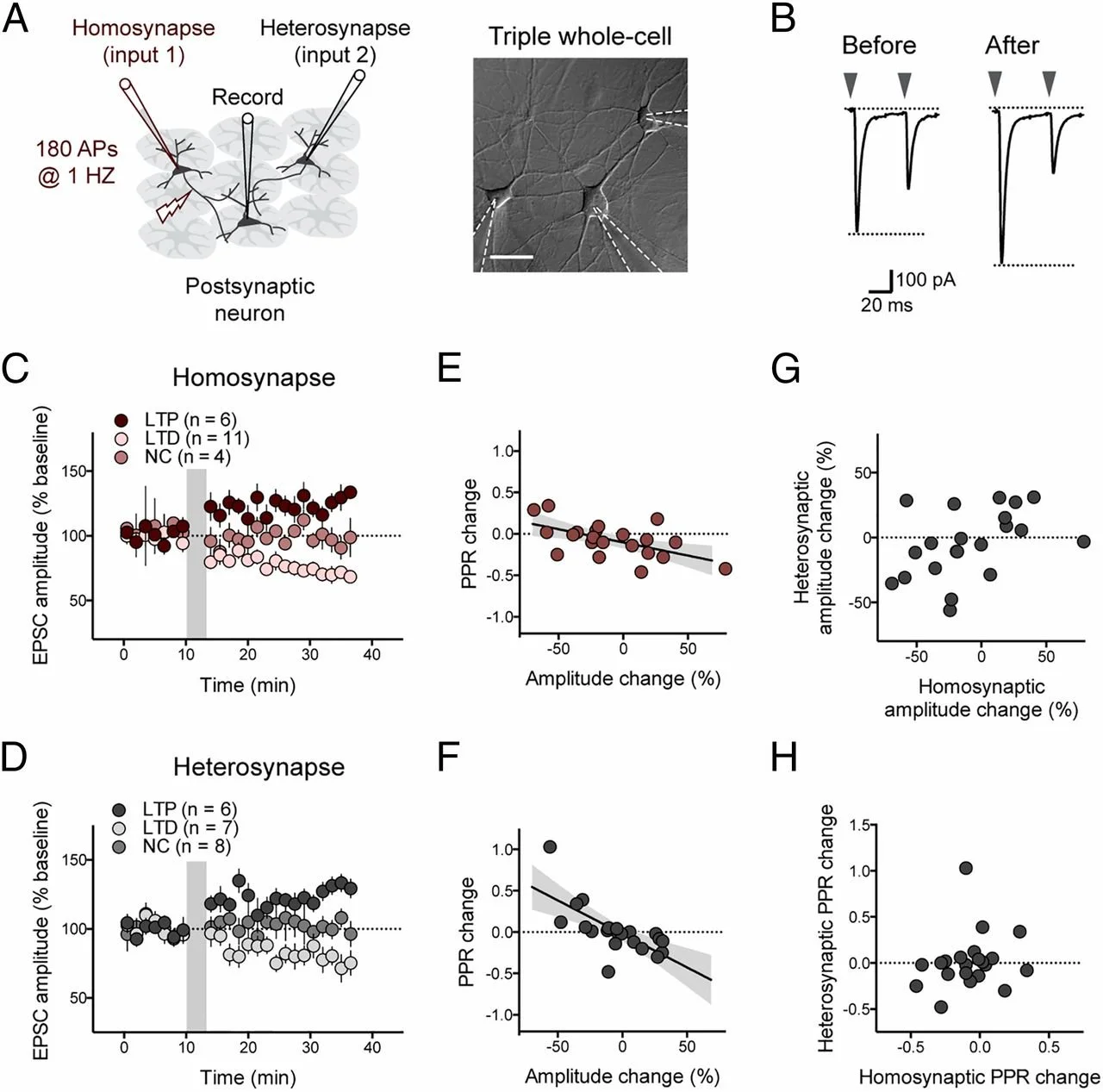The science
My work explores how homeostatic synaptic plasticity participates in brain healing.
The nervous system is composed of billions of individual cells that communicate with one another via trillions of synaptic connections. Synaptic connections are highly resilient biological structures and respond to perturbations with offsetting adjustments governed by evolutionarily conserved molecular signals. These processes represent genetic programs of homeostatic plasticity, a corrective and stabilizing influence over bodily functions.
Read my published research below.
About me
I’m Peter H. Chipman, Ph.D., a neuroscientist seeking to understand how the nervous system achieves resilience to aging, neurodegeneration, and injury. I primarily use electrophysiology and imaging approaches to study the form and function of synaptic connections in the hippocampus and neuromuscular junction of adult mice. My aim is to harness the properties of synaptic plasticity to heal neural circuits and mitigate the impact of cognitive decline and disease.
Academic history
BSc. Neuroscience, Dalhousie University, Halifax, Canada
Ph.D. Department of Anatomy and Neurobiology, Dalhousie University , Halifax, Canada
Supervisor Dr. Victor Rafuse
Post-doctoral Fellow, Laboratory for Synaptic Plasticity and Connectivity, RIKEN Center for Brain Science, Wako-shi, Japan
Supervisor Dr. Yukiko Goda
Associate Specialist, Department of Biochemisty and Biophysics, University of California San Francisco, USA
Supervisor Dr. Graeme Davis












